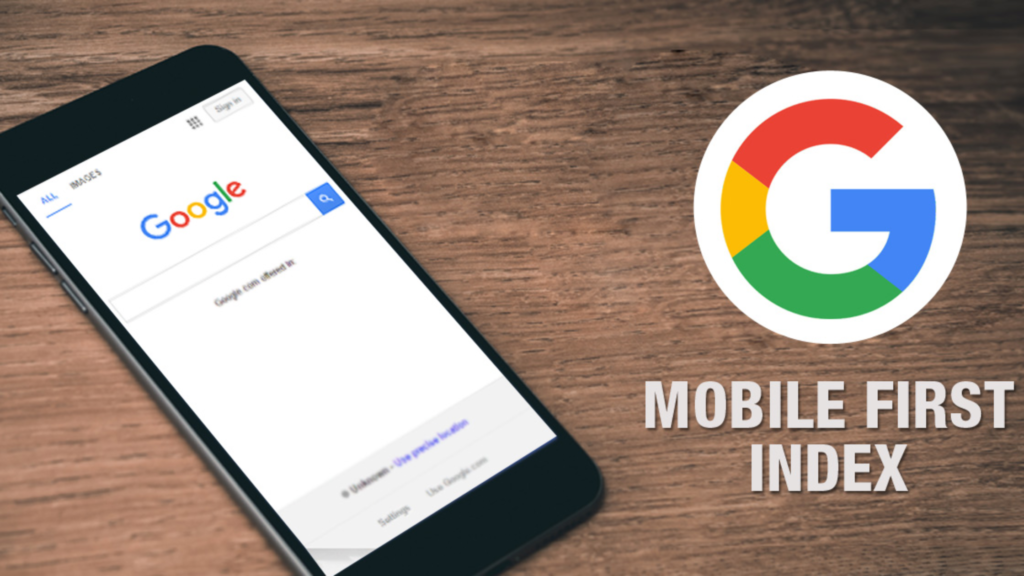A lot is said in a Name !
Our clients have been seeing significant changes in their SEO rankings this month. Google was silent, but we knew something big was coming.
Sure enough, as of September 23, 2016, the final update of Google’s Penguin Algorithm was officially announced.
And it has serious significance for you if you’re using SEO as a marketing strategy.
What Is The Penguin Algorithm?
Important update on Penguin 4: Webmaster trends analyst Gary Illyes (following in the footsteps of Matt Cutts’ public updates) has announced a significant change: Penguin 4 will no longer penalise websites for links!
Google’s shift from penalising bad links to devaluing them offers exciting opportunities for SEOs.
However, the ongoing SERP fluctuations suggest the update is still evolving. If your rankings dipped, acquiring high-quality links could be key to regaining lost ground.
While the “wild west” of link building might not be back, the update opens possibilities for testing the new landscape.
Manual actions and the disavow tool remain relevant, but their use might become less frequent.
Recent algorithmic updates have left many SEO professionals scratching their heads, wondering what Google is up to.
Since early September, the search engine results pages (SERPs) have been experiencing significant fluctuations, including site rankings inexplicably dropping and rebounding, local results getting shuffled, and 404s appearing in the search console.
Instead of relying solely on speculation, we leverage a data-driven approach. We analyse our own website performance, consult with high-level SEO experts, and gather insights from customers managing hundreds of sites.
The Update – What’s 4.0 All About?
The latest iteration, Penguin 4.0, is a major change because it makes Penguin part of Google’s “core algorithm.” What that means is that Google doesn’t need to push a new version every 6 months, 1 year, etc. like a software update.
Instead, links are now assessed and devalued in real-time, which in theory is a big relief to SEOs and webmasters who will no longer need to wait months on end to see recovery from a Penguin-related drop in rankings.
In fact, this update should (in theory, always “in theory” because Google will only hint at truths to protect their secret sauce) do away with deliberate penalization altogether. Instead of seeing sudden drops or hand-picking sites for Manual Action penalty, the rolling Penguin algorithm will simply render spammy links ineffective as it goes.
Google representatives have also described the update as making the Penguin algorithm “more granular.”
They didn’t elaborate beyond that but we can only understand that to mean more precision, which is always good when you’re dealing with an algorithm that cuts down backlinks and rankings.
What’s up with Google?
1. Google updates & fluctuations start at the beginning of September
Early September 2016 witnessed significant fluctuations in search engine results, as recorded by numerous Serp monitoring tools.
Occurring around September 1-3, this shift marked a notable deviation from the usual daily fluctuations observed by these tools.
While results typically undergo minor changes throughout the day, this specific period exhibited a significantly higher degree of volatility, signalling a potential algorithmic update or other major event impacting the search landscape.
Changes in local search results appear to be connected to a core search update implemented globally on September 2nd, deviating from Google’s typical country-by-country rollout pattern.
Joy Hawkins’ Search Engine Land article details the “Google Possum” update, which has led to the following key observations:
- Decentralised Business Boost: Businesses outside city centres are experiencing an advantage, suggesting a loosening of the previously prioritised central location factor.
- Shared Address Filtering: Businesses sharing an address may face filtering, potentially to prevent false verifications or ensure result diversity.
- Location-Based Results: User location and IP address hold greater weight, emphasising the importance of localised tracking tools.
- Long-Tail Keyword Variations: More diverse results appear for long-tail keywords, city variations, and state combinations. Incorporating these variations in link building and website content is recommended.
- Local vs. Organic Disconnect: Google’s intertwined approach to local and organic ranking seems to have regressed slightly, implying that high organic ranking no longer guarantees local map dominance.
Overall, the Possum update has significantly shuffled the local search landscape, and its long-term impact remains to be seen. Businesses and SEO practitioners must adapt to these changes by focusing on local signals, diversifying keyword strategies, and prioritising location-specific optimization.
Google is well-known for being the primary search engine on the web. Indeed, Google is the undisputed market leader for search engines, commanding about an 80% share of all searches on the internet.
In a 2015 study done by Eli Swartz, Google dominated other search engines like Yahoo, Bing and DuckDuckGo by a landslide. Seventy-five percent of responders to a survey stated that Google was their primary search engine, and in 2016 the percentage is only rising.
2. Near the middle of the month there were more fluctuations, even big ass drops AND resurrections.
Discussions about updates resurfaced around the 14th-16th. However, the entire month of September witnessed an unusual surge in search fluctuations.
Notably, the entire month is highlighted in orange, showcasing the significant deviation from normal patterns.
Despite repeated inquiries, Google has consistently downplayed recent fluctuations in search results, dismissing them as “normal.”
However, many suspect otherwise. The persistent and significant shifts observed throughout the month suggest that Google is actively testing something behind the scenes.
Notably, Charles Floate’s recent video analysis accurately predicted a Penguin update, lending further credence to the theory of an ongoing test.
The recent fluctuations in search rankings we observed were likely Google fine-tuning the Penguin 4.0 algorithm. This period of testing and adjustment explains the significant drops and resurgences we witnessed.
3. Google Penguin 4 was officially announced today (September 23 2016)
In a landmark update announced today via their Webmaster Central Blog, Google confirmed that the Penguin algorithm is now fully integrated into their core algorithm.
This signifies a significant shift in how Google tackles webspam, with several key changes worth noting:
1. This will be a continually rolling Penguin update.
Previously, websites penalised by the Google Penguin update faced a long wait for recovery, even after cleaning up their backlinks. The last major Penguin update occurred two years ago, leaving affected sites in limbo.
However, Google has recently announced a significant change: websites should now see improvements in their ranking in real-time as Google recrawls their links and reevaluates their link profile.
This eliminates the need to wait for the next Penguin update, making recovery significantly faster and more transparent.
2. Certain pages on your site can be affected, as opposed to a site-wide penalty.
While over-optimized anchor text isn’t ideal, it doesn’t automatically doom your entire website.
Our data at SEMrush reveals minimal widespread penalties among our customers, suggesting a collective effort towards best practices and adapting to Google’s evolving algorithms.
Unlike the original Penguin update with its drastic losses and immediate SEO revamp demands, this latest update emphasises natural, user-centric websites.
Even if affected by fluctuations or drops, don’t despair. Google’s still rolling out the update, causing temporary shifts.
We’ve seen instances of significant drops followed by overnight recoveries.
Moreover, addressing over-optimized anchor text by cleaning low-quality links and diversifying your anchor profile can accelerate your recovery.
Here’s what you can do going forward:
1. Monitor your anchor text profile: Use SEMrush Backlink Analytics to assess and address unnatural anchor text, building new high-quality links if needed.
2. Be aware of Google’s trends:
- Focus on mobile: Ensure flawless mobile site performance and remove popups.
- Embrace natural link building: Diversify your anchor text with brand, benign, and variations.
- Strengthen local SEO: Prioritise NAP citations and optimise your website for local searches.
- Expect continued updates: Keep up with Google’s evolving algorithms and adapt your strategies accordingly.
Key Takeaways From Google Penguin 4.0
For two long years, SEO gurus held their breath, waiting for Google’s Penguin 4.0 to shake the SERPs. Now, the dust has settled, and we’re here to break down the key takeaways for your website.
- Penguin becomes “part of core algorithm”:
Penguin is a real-time ranking signal processed within Google’s core search ranking algorithm which is updated frequently.
- Penguin runs in “real-time”:
Earlier, webmasters had to wait for Penguin algorithm refresh, if they were affected by it. Since Penguin data is refreshed in real time, webmasters need to wait longer. Usually, changes will take place shortly after Google re-crawl and reindexes a page.
- Penguin is “more granular”:
Google indicated that the update is more page-specific than the whole website. This indicates that only keywords associated with the pages are affected by ranking than site wide.
- Google will no longer comment future Penguin updates:
Google confirmed that future Penguin updates will not be notified.
- Penguin 4.0 is rolled out in all languages:
Penguin 4.0 is rolled out in all languages and will affect related search queries.
Final Thoughts
However, if your current SEO team is producing spammy links, or even worse – if you’ve lost ranking and they’ve been keeping their tactics a secret from you for this whole time, we’d recommend switching companies.
If your SEO team hasn’t adjusted their strategies by now, then you’re going to fall behind if you don’t start up with a company that has been working hard to stay ahead of the Google Penguin curve.



